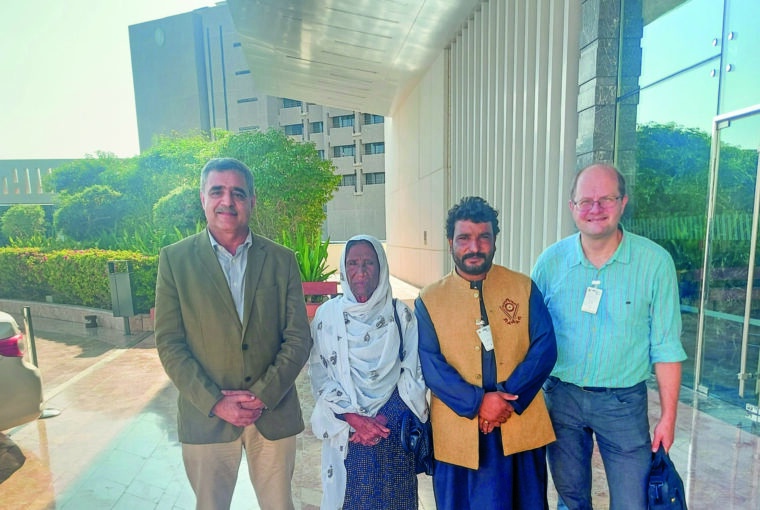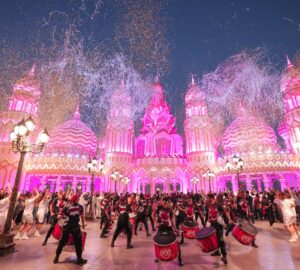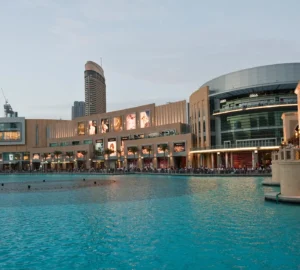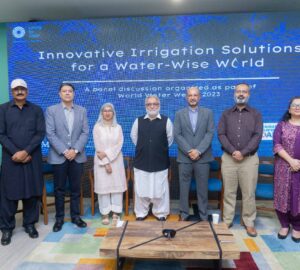The Aga Khan Development Network runs a music and arts programme, aimed at revitalising the cultural heritage of a nation. What activities have taken place in Pakistan under the programme?
This particular programme within the AKDN is called the Aga Khan Music Program (AKMP). In Pakistan it has set up the Leif Larsen Music School at Altit Fort, Hunza, for music education, training and promotion. It is working on extending its activities to Punjab and Sindh as well.
The Leif Larsen Music Centre in Altit has been established to facilitate local musicians and to document the musical traditions of Hunza and its neighbouring valleys. This initiative is part of a broader goal to promote the region’s intangible heritage – languages, folklore, music, arts and crafts, traditional performances and sports.
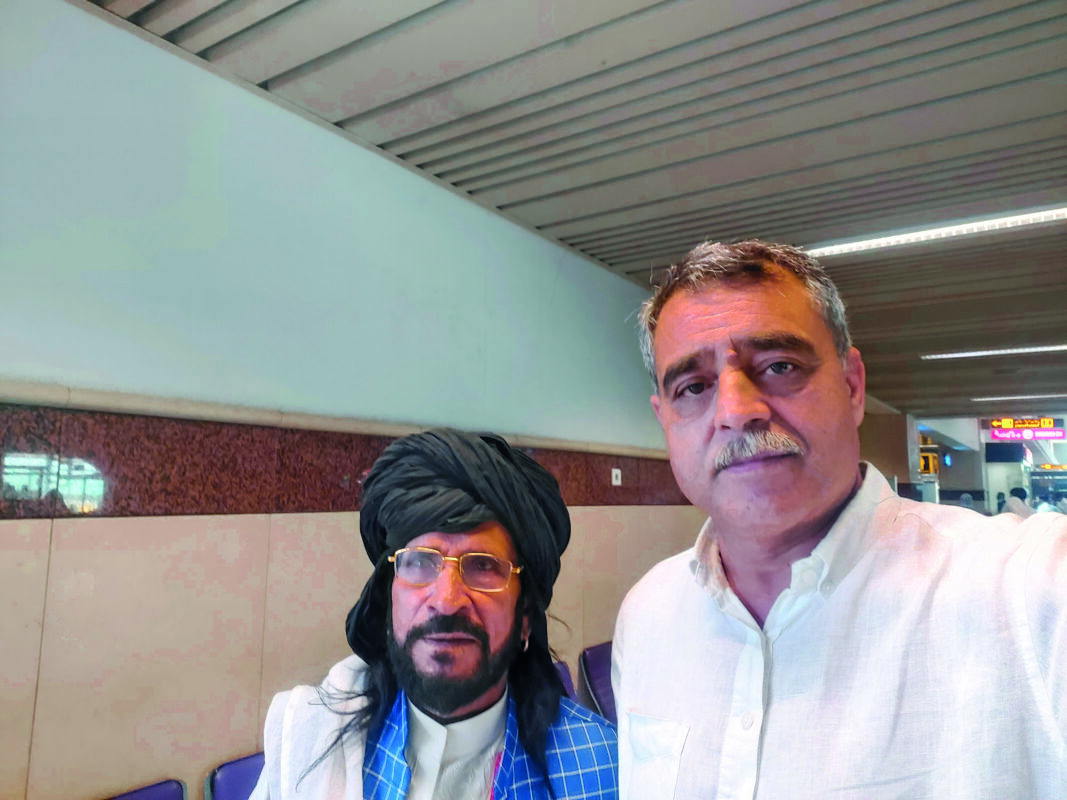
The recently held Music Awards in Oman saw two of Pakistan’s most celebrated folk singers amongst the nominees. What was the criteria behind their selection?
The Aga Khan Music Awards (AKMA) has a formal system of choosing its candidates from all over the world. This is overseen by a Steering Committee which approves the recommendations of the Master Jury. The Master Jury discusses and debates the recommendations of the Reviewers, who review the names sent by the Nominators. There were over 30 nominations from Pakistan, out of which two were selected by the Master Jury. There were over 400 nominations globally from 14 countries.
Please share some personal observations and insights from the event itself.
An event spread over two nights, it saw over 500 participants from across the world gathered under one roof. The event was sponsored by the Government of Oman and had the participation of major government functionaries.There were brilliant performances to mark the night. AKDN executives from all over the world were present.
The Aga Khan Cultural Service has been a steady and benevolent presence in Pakistan for many decades now. What are some of the main projects that are currently underway in the country under your guidance?
AKCS-P has been working for the last 32 years in Pakistan. It has executed over 100 heritage projects, and won 13 UNESCO awards of excellence. In the northern area, its most renowned projects are the conservation and adaptive re-use of Shigar Fort, Khaplu Palace, and the Altit and Baltit Forts. In Lahore there
is an ongoing partnership with the Walled City of Lahore Authority since the last 10 years. The conservation work at Shahi Hamam, Gali Surjan Singh, Wazir Khan Chowk, Historical Houses, Royal Kitchens and Naulakha Pavilion in the Lahore Fort has been completed while the work on the Picture Wall, Sheesh Mahal and Masjid Wazir Khan continues. AKCSP and WCLA have recently signed another 5-year contract to carry out conservation work on all remaining quadrangles of the Lahore Fort and its Buffer Zone.
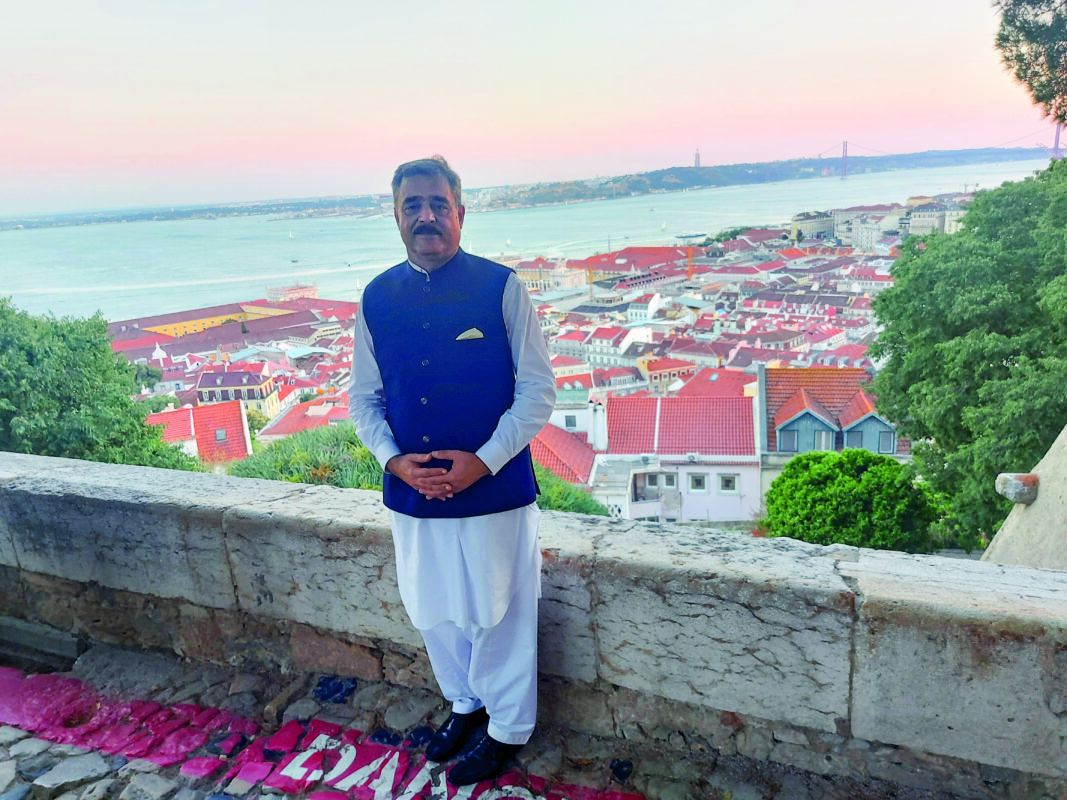
In what capacity will AKCS-P be involved in the project?
Both WCLA and AKCS-P are the implementing agencies. AKCS-P will be responsible for works inside the fort while WCLA outside the fort.
Can you share the vision for the new collaborative project with WCLA, involving the Lahore Fort and its Buffer Zone? Is it likely to further increase the tourism potential of this historical landmark?
The multi-fold project is expected to 1) contribute to the restoration and enhancement of the Lahore Fort, strengthening its resilience to combat the effects of climate change, 2) generate income and employment, especially for women and the transgender community, and 3) expand tourism development by including the neighborhoods around the fort as an interface for growth.


